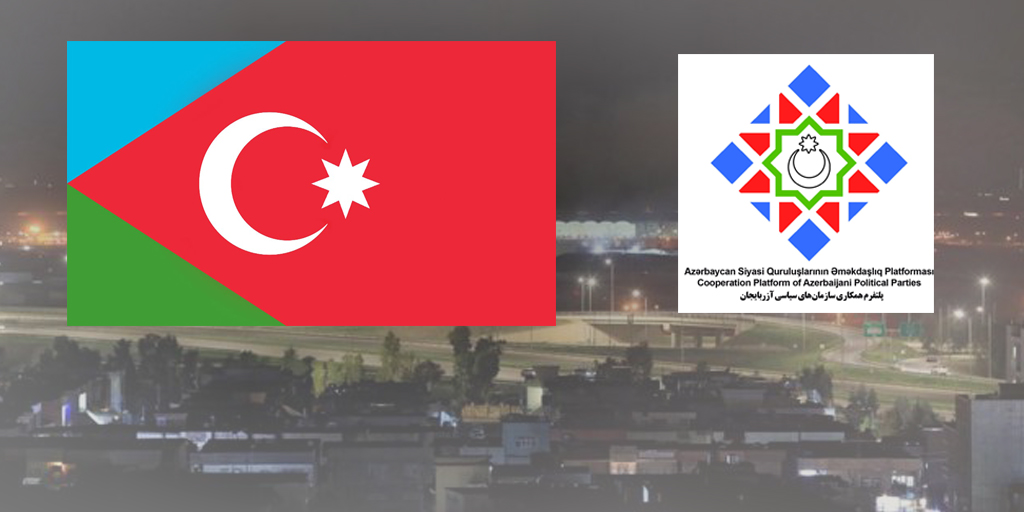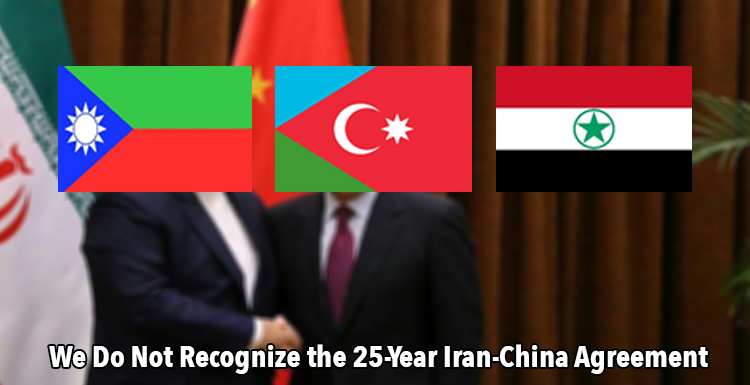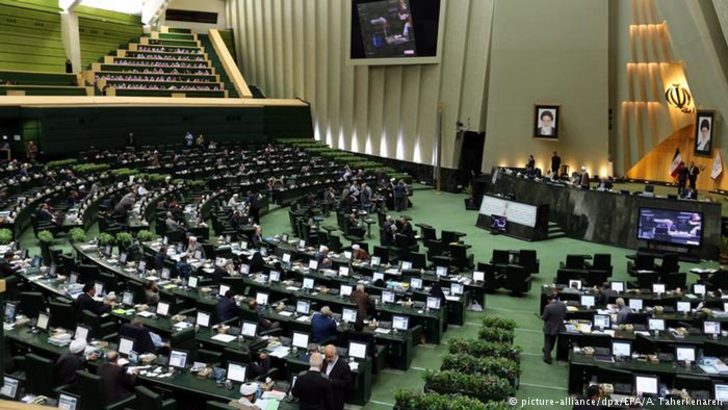The scarce of job opportunities in Ahwaz, the richest Middle-east region

by Rahim Hamid
All of us have heard over and over official statements fromoccupier’s Iranian theocratic regime officials that Ahwaz regionwhich is located in the south and south west of so-called” Iran”is “Heart of Iran economy”. The main natural resources in Ahwaz is oil, natural gas, fertilized land, metals such as copper, gold, and the rich mineral deposits of the Karoon, Al-karkhe Rivers. 40- 50 percent of Iran gross domestic product comes from Ahwaz which produces more than four million barrels of oil each day. Natural gas is estimated to be at 25 trillion cubic meters. Karoon and Al-Karkhe are the main veins of life of irrigation for farmers in Ahwaz which is known for palm trees and dates. The Ahwaz region also has great potential in cultivating wheat, barely, sugar cane, beetroot, rice, cotton, citrus fruits, berries, watermelon and much vegetable products. Yet, 98 percent of this revenue systematically redirected to ethnic Persian provinces for boosting the investment, economic advances and creating more job opportunities. Instead, Ahwazi Arab who are the owners of these wealth have received the most harshest hardship such as abject poverty due to the inflation andhovering unemployment, the rise of addiction, increase in divorce rate mainly as a result of economic and financial problems, the lowest life expectancy, water contamination from chemical martials being dumped into the rivers by petrochemical factories , diseases and rampant respiratory disorder ,cancer caused by the air pollution as it has come to light officially by the world health organization which confirmed Ahwaz is the most polluted region in the world due to the high industrial activities . The Ahwazi people are even deprived of right to learn in their own Arabic tongue that caused many of Ahwazi Arab quit the schools as education program being adopted just in Persian language which is not the language of 55 percent of population of people in geography of Iran(Ahwaz, Kurdistan, south Azerbaijan, Baluchistan ,,,).
Despite all the opportunities and potential possibilities of having jobs in oil, gas, petrochemical industries, mineral and agricultural and livestock fields; Ahwazi Arabs are still living in miserable poverty condition caused by Iran regime systematic discriminatory policies against Ahwazi Arabs.
The official unemployment rate for Iran lies at approximately 12%; however, in Ahwaz the unemployment rate is hovering at nearly 20%. Official statistics have the unemployment rate for Ahwazi Arab youth and women at about 50%.
Iran regime under the pretext of national economical projects in the field of agriculture has caused ecological and human disaster for people in Ahwaz region. One clear example is the sugar cane sachems which regime adopted for so-called” promoting sugar cane industries” which led into confiscation and plunder of thousands hectares of most fertilized arable lands of Ahwazi farmers who most of them have been left without compensation for their land lose where they depend on farming and fishing for survival. These confiscated lands are also allocated for constructing settlement for Persian setters who are non-indigenous inhabitants in Ahwaz region. However, the regime is trying for years to bring more and more Persian settlers to change the demography of this Arabic region. A loss of the Arab people’s main source of income from farming and fishing has resulted in severe storm of rural migration to the urban areas. Approximately one and one-half million Ahwazis live in the countryside. Farms are suffering from lack of investment and land-use leading to widespread poverty. Urban poverty is worse with unemployment at 31% and 50% in Abadan and Mohamerah respectively.
In the recent years, up to 60% of Ahwazi land experienced the worst long-term drought and most severe set of crop failures since the regime began its scheme of water diversion. It is estimated that one and half millions of people who are mostly dependent on agriculture in the countryside, particularly in Howeyzeh, Mohamerah, Falahyah, Omidyah and Romhormoz and khalafiyeh had driven into extreme poverty. This has led to a massive exodus of Ahwazi Arab farmers and agriculturally dependent rural families from the countryside to cities. This problem has compounded by the continued exploitation and neglect of Ahwazi natural resources, which has contributed to water shortages and land desertification. The massive internal displacement from rural to urban centers and significant discontent among Agriculture-dependent communities are themain factors of social and political unrest in Ahwaz region.
The Ahwazi educated classes in relation to job opportunities have the same sufferings caused by discriminatory policies of Iran in the field of employment. Thus, under such a restricted circle regarding economy and job opportunities, the educated Ahwazi Arabs enforce to immigrate to Persian provinces or even leave the country. This is while; non-Arab immigrant occupied the most key positions in Ahwaz. Moreover, the non-Arab immigrants seized the job opportunities in the labour- sector as Syed Sharif Hosseini, parliamentary representative for Ahwaz, in an interview with Mehr News Agency on 07/05/92 said; “the presence of non-native forces in the simplest jobs like servant is the catastrophic issue in deteriorating Unemployment Rate Labor force status ”.
Conclusions:
The major reasons for high unemployment rate in Ahwaz, Kurdistan, south Azerbaijan and Baluchistan which are non-Persian regions originate from the Iran’s biased and discriminatory policies. The regime by allocating vast budget tries to support the construction of settlement for bringing more Persian settlers who are backing by regime and enjoy top priority in job opportunities on the lands which are not belong to them. This is indicating of the severity of the discrimination in employment opportunities and unfair distribution of the labour force in the occupied territories. The Iranian regime expands its influence in the occupied territories (non-Persian regions) with the intention of looting the natural resources under flimsy excuses and reducing the annual budget development and services in the ethnic marginalized territories particularly Ahwaz which consequently intensified the unemployment and poverty among these people who pay the price of their Arabic ethnicity. In 2005, Middle East Development Journal (MEDJ)announced the unemployment rate in Iran is hanging around 40 percent which include 28 million of Iranian people. However, this unemployment figures mostly falls into the category of Ahwazi Arab people and other non-Persian people due to Iranian regime discriminatory policies. While the occupied Ahwaz is the world’s fourth- largest oil producer and holds the largest natural gas reserves after Russia, the indigenous Arabs of this region ,the main owners of this God-gifted rich and wealthy land are living under an abject poverty and dire economic condition.


























